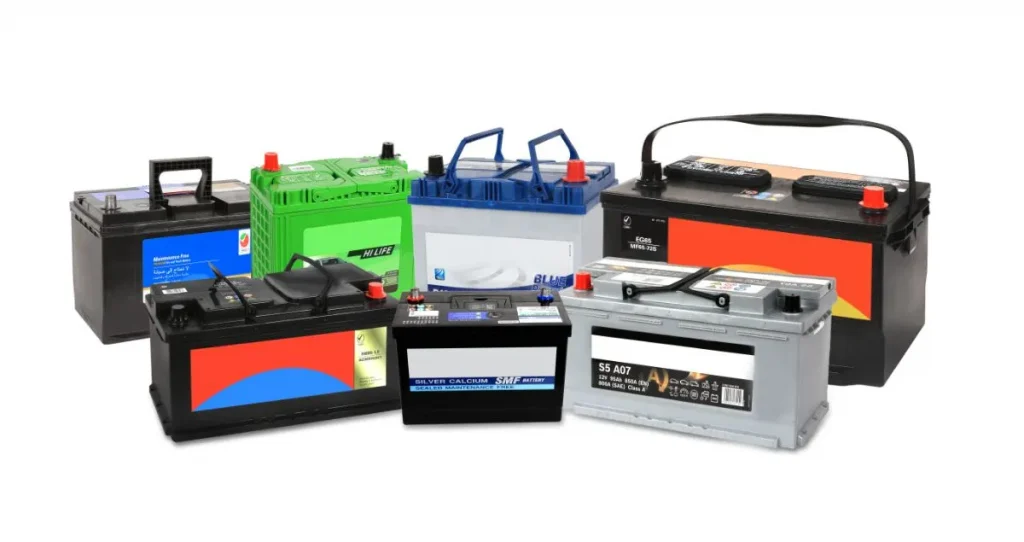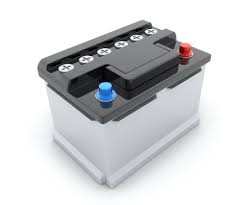Choosing the right deep cycle battery in Australia can be a daunting task.
With a myriad of options available, it’s easy to feel overwhelmed.
This guide aims to simplify the process. It will provide you with the necessary knowledge to make an informed decision.
Deep cycle batteries are essential for various applications. They power marine vessels, recreational vehicles, and off-grid power systems, to name a few.
Understanding the specifics of these batteries is crucial. It ensures you select a product that meets your unique power needs.
This article will delve into the key factors to consider when choosing a deep cycle battery. We’ll discuss capacity, durability, and the different types of batteries available.

We’ll also explore the role of deep cycle batteries in Australia’s diverse climate and terrain.
By the end of this guide, you’ll be equipped to choose the best deep cycle battery for your needs. Whether you’re a marine enthusiast, an RV owner, or someone seeking a reliable power solution, this guide is for you.
Understanding Deep Cycle Batteries
Deep cycle batteries are unique power solutions. They are designed to provide a steady amount of current over a long period.
Unlike regular batteries, they can be discharged and recharged repeatedly without significant damage. This is where the term ‘deep cycle’ comes from.
These batteries are measured in Ampere-hours (Ah), which indicates their capacity. The higher the Ah rating, the more energy the battery can store.
Deep cycle batteries come in various types, including flooded, Absorbent Glass Mat (AGM), and lithium-ion. Each type has its advantages and is suited to different applications.
What Makes a Battery ‘Deep Cycle’?
A deep cycle battery is defined by its ability to be discharged to a significant portion of its capacity. This is known as the depth of discharge (DoD).
While a regular battery might only use 20% of its capacity before recharging, a deep cycle battery can use up to 80%. This makes them ideal for applications that require sustained power.
The design of deep cycle batteries allows for this deep discharge without causing damage. This is a key factor that sets them apart from regular batteries.
The Role of Deep Cycle Batteries in Australia
In Australia, deep cycle batteries play a crucial role in various sectors. They are particularly popular in marine and recreational vehicle applications.
Their resistance to corrosion and vibration makes them ideal for these challenging environments. They also provide reliable power solutions for off-grid living and renewable energy systems.
Key Factors to Consider When Choosing a Deep Cycle Battery
Choosing the right deep cycle battery involves several considerations. It’s not just about picking the one with the highest capacity or the latest technology.
You need to consider your specific power requirements, the type of battery that suits your needs, and the compatibility with your existing system.
Here are some key factors to consider:
- Capacity and power requirements
- Battery types: Flooded, AGM, and Lithium
- Voltage and compatibility with your system
Capacity and Power Requirements
The capacity of a deep cycle battery is measured in Ampere-hours (Ah). This indicates how much energy the battery can store.
Your power requirements will determine the capacity you need. For instance, if you’re using the battery for a boat or an RV, you’ll need a higher capacity than for a small solar power system.
Battery Types: Flooded, AGM, and Lithium
There are three main types of deep cycle batteries: flooded, AGM, and lithium. Each type has its advantages and is suited to different applications.
Flooded batteries are the most traditional type. They are affordable and reliable, but require regular maintenance.
AGM batteries, on the other hand, are sealed and maintenance-free. They offer good performance and are safer than flooded batteries.
Lithium batteries are the newest type. They are lightweight, efficient, and have a longer lifespan. However, they are also the most expensive.
Voltage and Compatibility with Your System
The voltage of a deep cycle battery is another important factor. It must be compatible with your system.
For instance, if your system is designed for a 12V battery, you can’t use a 24V battery. Always check the voltage requirements of your system before purchasing a battery.
Deep Cycle Battery Technologies and Their Advantages
Deep cycle batteries have evolved significantly over the years. Today, we have advanced technologies that offer superior performance and convenience.
Here are two of the most popular technologies:
- AGM (Absorbent Glass Mat) technology
- Lithium-ion technology
AGM Technology and Its Benefits
AGM technology is a significant advancement in lead-acid batteries. In an AGM battery, the electrolyte is held in glass mats, as opposed to freely flooding the plates.
This design makes AGM batteries spill-proof, which is a major safety advantage. It also allows for a quicker recharge rate and a higher discharge rate compared to traditional lead-acid batteries.
The Rise of Lithium-ion Deep Cycle Batteries
Lithium-ion technology is the latest development in deep cycle batteries. These batteries are known for their high energy density and long lifespan.
They are also lighter and more compact than lead-acid batteries, making them ideal for portable applications. However, they come with a higher price tag, which may be a consideration for some buyers.
Performance Factors: Temperature, DoD, and Cycle Life
When choosing a deep cycle battery, it’s crucial to consider performance factors. These include temperature, depth of discharge (DoD), and cycle life.
Each of these factors can significantly impact the battery’s performance and lifespan.
Temperature Effects and Australian Climate
Australia’s diverse climate can affect battery performance. High temperatures can accelerate battery wear, while cold temperatures can reduce capacity.
Therefore, it’s important to choose a battery that can withstand Australia’s extreme weather conditions.
Depth of Discharge and Battery Longevity
Depth of Discharge (DoD) refers to how much of a battery’s capacity has been used. A lower DoD (i.e., less usage of the total capacity) generally leads to a longer battery life.
Understanding DoD can help you choose a battery that will last longer and provide reliable power.
Maintenance, Safety, and Environmental Considerations
When selecting a deep cycle battery, maintenance, safety, and environmental considerations should not be overlooked.
These factors can influence the overall cost, usability, and impact of your battery.
Regular Maintenance and Safety Features
Regular maintenance can extend the life of your deep cycle battery. This includes checking the electrolyte levels and cleaning the terminals.
Safety features, such as spill-proof designs and explosion-resistant vents, are also important. They can prevent accidents and ensure the battery operates safely.
Environmental Impact and Recycling
Deep cycle batteries can have a significant environmental impact. It’s important to choose a battery with eco-friendly features, such as recyclability.
When your battery reaches the end of its life, ensure it is recycled properly. This helps to reduce environmental harm and supports sustainable practices.
Choosing the Right Brand and Where to Buy
Choosing the right brand and place to buy your deep cycle battery is crucial.
This decision can impact the quality, reliability, and longevity of your battery.
Reputation and Reviews
Reputation is a key factor when choosing a battery brand. Brands with a strong reputation often provide high-quality, reliable products.
Customer reviews can also provide valuable insights. They can reveal real-world experiences with the battery’s performance and longevity.
Warranty and After-Sales Support
Warranty and after-sales support are also important considerations. A good warranty can provide peace of mind and protect your investment.
After-sales support, including customer service and technical support, can be invaluable. It can help you resolve any issues and get the most out of your battery.
Conclusion: Making an Informed Decision
Choosing the best deep cycle battery in Australia involves careful consideration. It requires understanding your power needs, the battery’s capacity, type, and compatibility with your system.
Summary of Key Takeaways
In summary, consider the battery’s technology, performance factors, maintenance requirements, and environmental impact. Also, consider the brand’s reputation, reviews, warranty, and after-sales support.
Final Tips Before Purchase
Before purchasing, always compare different brands and models. Seek professional advice if needed. Remember, the right deep cycle battery can provide reliable power solutions for your specific needs.
